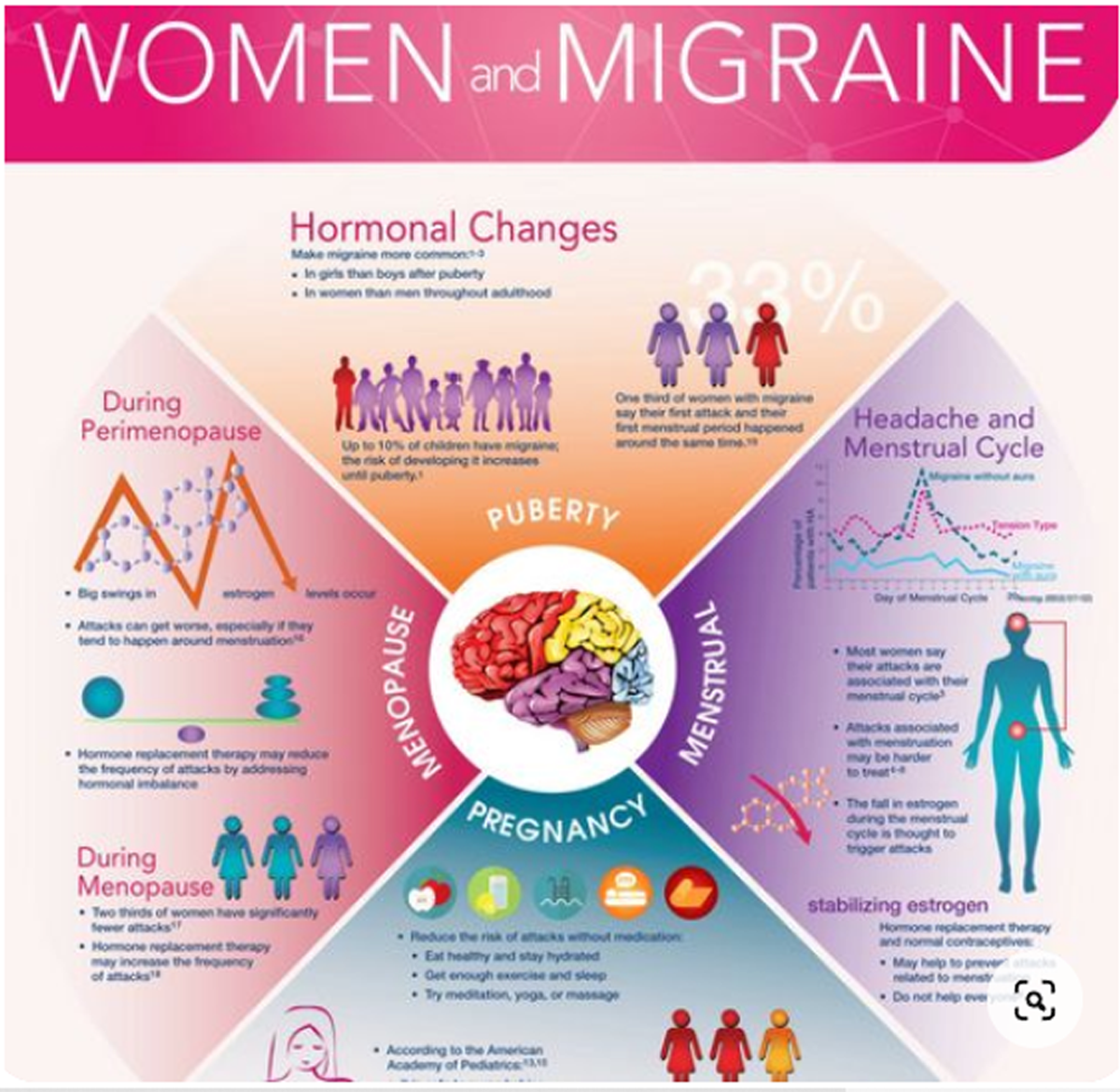Integrating Chiropractic Care Into the Treatment of Migraine Headaches in a Tertiary Care Hospital: A Case Series
SOURCE: Glob Adv Health Med. 2019 (Mar 28)
Carolyn Bernstein, MD, Peter M Wayne, PhD, Pamela M Rist, ScD, Kamila Osypiuk, MS, Audrey Hernandez, MS, and Matthew Kowalski, DC
Osher Clinical Center,
Brigham and Women’s Hospital,
Boston, Massachusetts.
This case series illustrates an integrated model of care for migraine that combines standard neurological care with chiropractic treatment. For each patient, we describe the rationale for referral, diagnosis by both the neurologist and chiropractor, the coordinated care plan, communication between the neurologist and chiropractor based on direct face-to-face “hallway” interaction, medical notes, team meetings, and clinical outcomes. Findings are evaluated within the broader context of the multicause nature of migraine and the impact of integrative chiropractic. Suggestions for future areas of research evaluating integrative approaches are discussed.
There are more articles like this @ our:
KEYWORDS: chronic pain; integrative medicine; neurology
From the FULL TEXT Article:
Introduction
Migraine affects 38 million people in the United States [1] and is a leading cause of disability. [2] The disease can be managed, but there is no cure, and many medications used to treat migraine have disabling side effects. Patients often prefer to avoid daily medication and seek nonpharmacologic options, including complementary and integrative therapies. [3] Although migraine is a disease with multivariate symptoms that vary by patient, over 75% of migraine patients report associated neck pain, and many note musculoskeletal complaints, such as neck stiffness, muscle tension, or problems with jaw function. [4–6] Emerging models of migraine pathophysiology postulate that triggering of the trigeminocervical complex may cause neck pain. [7, 8] Typical allopathic treatments for such neck pain include muscle relaxants, nonsteroidal anti-inflammatory drugs, and physical therapy, but these are often inadequate in addressing the underlying dynamics of these complaints and individuals with migraine frequently report unmet treatment needs. [9]
A recent study showed that individuals with migraine or severe headache were more likely to report seeking chiropractic care in the past 12 months than individuals without these conditions. [10] In addition, according to a 2015 survey, 87.2% of chiropractors report treating patients with headache disorders. [11] However, evidence on the efficacy and safety of chiropractic care for migraine headaches is limited. [12] First, only a handful of trials have been completed to date, and most are small and of poor methodological quality. Second, most studies have only evaluated a subset of chiropractic procedures (e.g., spinal manipulation), and none have evaluated a full package of chiropractic care including spinal manipulation, myofascial therapies, lifestyle, and exercise. [12] Finally, there are no published studies that have evaluated a fully integrated model of chiropractic and neurological care delivered within a tertiary care hospital. There are very few settings, especially within an academic medical center, where neurologists and chiropractors can collaborate in person around patient care.
In 2007, Harvard Medical School Osher Center for Integrative Medicine established the Osher Clinical Center (OCC) for Complementary and Integrative Therapies based at Brigham and Women’s Hospital. The OCC is one of the first integrative medicine clinics situated and fully integrated within the infrastructure of a conventional tertiary care academic medical center. [13] A central focus of the OCC is treatment of musculoskeletal pain, and the most widely used modality is chiropractic, delivered by 2 chiropractors with over 4 decades of collective clinical experience. In 2015, a neurologist and headache/migraine expert (CB) formally joined the OCC team. This provided a unique opportunity to deliver and evaluate coordinated integration of standard neurological care for migraine with chiropractic care. Collaboration over patient care organically developed through collegial discussions on the indications, rationale, techniques, and outcomes of care. Referrals between the professions became bidirectional and centered around shared decision-making between practitioners and patients.
Read the rest of this Full Text article now!







Leave A Comment